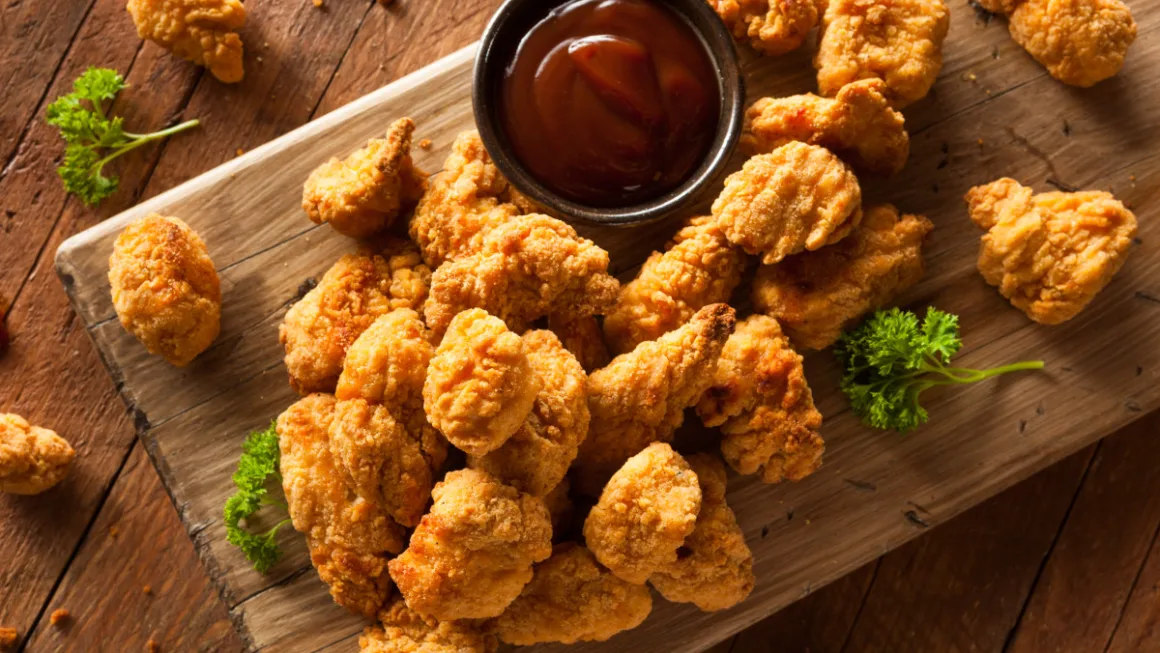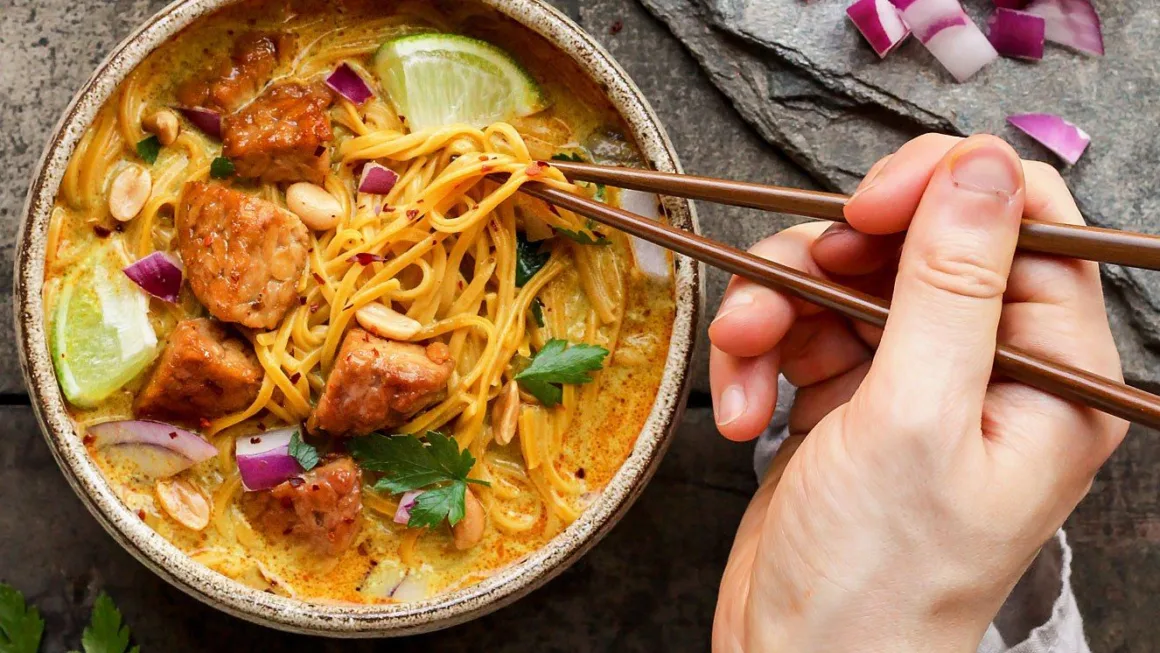Introduction:
Nestled in the lap of the Himalayas, the tea plantations of Darjeeling stand as a testament to the region’s rich cultural heritage and unmatched natural beauty. Renowned worldwide for its distinctive tea, Darjeeling has carved a niche for itself in the global tea industry. In this comprehensive guide, we will delve into the history, cultivation methods, and the unique characteristics that make Darjeeling tea plantations a captivating destination for both tea enthusiasts and travelers alike.
1. **Historical Roots of Darjeeling Tea:**
Darjeeling’s tea story begins in the mid-19th century when the British, captivated by the region’s climate and terrain, started experimenting with tea cultivation. Sir Arthur Campbell, a civil surgeon, is credited with the introduction of tea plants in Darjeeling in 1841. The subsequent establishment of tea estates laid the foundation for what would become one of the most sought-after tea regions in the world.
2. **Geography and Climate:**
The geography of Darjeeling, characterized by its steep slopes and high altitude, plays a pivotal role in shaping the unique flavor profile of Darjeeling tea. The combination of cool temperatures, abundant rainfall, and well-drained soil creates an ideal environment for the Camellia sinensis plants to thrive. The tea gardens are strategically located at elevations ranging from 600 to 2,200 meters, contributing to the distinctiveness of Darjeeling tea.
3. **Cultivation Practices:**
Darjeeling tea is predominantly grown on terraced slopes, a sight that adds to the picturesque landscapes of the region. The traditional method of plucking tea leaves by hand is still prevalent in Darjeeling, ensuring that only the finest and most tender leaves are harvested. This meticulous process enhances the quality of the tea and reflects the dedication of the local workforce.
4. **Tea Varieties:**
Darjeeling tea is often referred to as the “Champagne of Teas” due to its exquisite taste and aroma. The region is renowned for producing four distinct flushes throughout the year: First Flush, Second Flush, Monsoon Flush, and Autumn Flush. Each flush has its unique characteristics, ranging from the fresh and floral notes of First Flush to the robust and muscatel flavors of Second Flush. Exploring these different varieties offers a fascinating journey into the diverse world of Darjeeling tea.
5. **Cultural Significance:**
Beyond its economic importance, tea cultivation in Darjeeling has become an integral part of the region’s cultural fabric. The tea estates are often intertwined with the local communities, providing employment opportunities and contributing to the socio-economic development of the area. Many estates also offer guided tours, allowing visitors to witness the tea-making process firsthand and engage with the local culture.
6. **Visiting Darjeeling Tea Plantations:**
For those eager to immerse themselves in the enchanting world of Darjeeling tea, several tea estates welcome visitors. The tours typically include a stroll through the lush tea gardens, insights into the cultivation and processing methods, and, of course, tea tastings. Popular estates like Makaibari, Glenburn, and Happy Valley provide an authentic and immersive experience, making them must-visit destinations for tea enthusiasts.
7. **Challenges and Sustainability:**
While Darjeeling tea is celebrated globally, the industry faces challenges such as climate change, erratic weather patterns, and the need for sustainable practices. Some tea estates in Darjeeling have embraced organic and biodynamic farming methods, prioritizing environmental conservation and the well-being of the local communities. Exploring these sustainable initiatives adds another layer to the narrative of Darjeeling tea.
8. **Darjeeling Tea in the Global Market:**
Darjeeling tea holds a prestigious position in the international tea market, with its Geographical Indication (GI) status safeguarding its authenticity. The exclusivity of Darjeeling tea, coupled with its exceptional quality, makes it a favorite among connoisseurs. The global demand for Darjeeling tea continues to grow, reinforcing its significance in the world of premium teas.
9. **Culinary Uses of Darjeeling Tea:**
Beyond the traditional cup of tea, Darjeeling tea has found its way into culinary creations. From tea-infused desserts to savory dishes, chefs around the world are experimenting with the unique flavors of Darjeeling tea. Exploring the culinary landscape adds a delightful dimension to the overall appreciation of Darjeeling tea.
10. **Conclusion:**
In conclusion, the tea plantations of Darjeeling offer a captivating journey through history, tradition, and flavor. From the colonial-era beginnings to the sustainable practices of today, Darjeeling tea stands as a symbol of resilience and excellence. Whether you are a tea enthusiast, a nature lover, or a curious traveler, a visit to Darjeeling’s tea plantations promises an immersive experience that goes beyond the mere sipping of tea – it’s a journey into the heart of a region where every cup tells a story.





